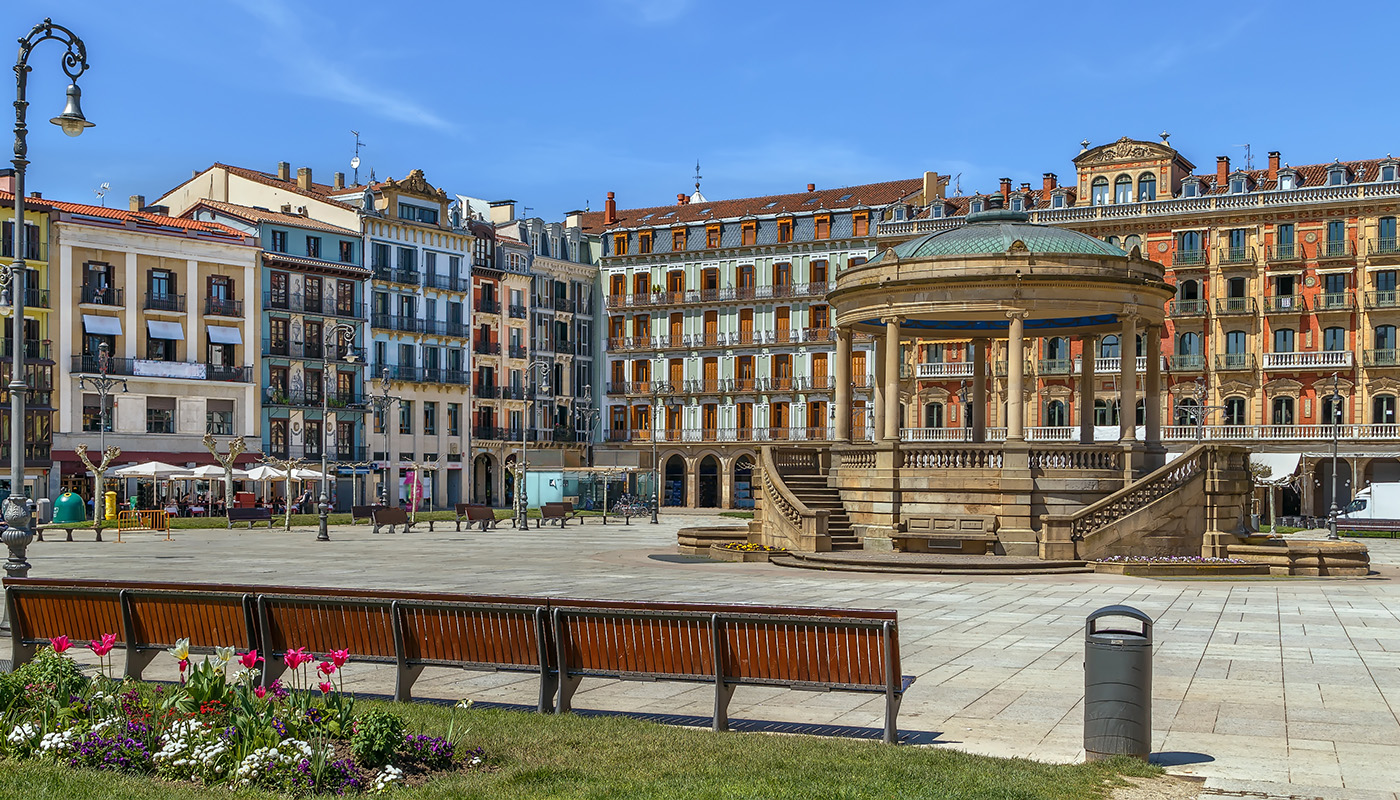On the Black Sea coast, lies Burgas, Bulgaria’s fourth most populous city, shaped by the sea, the surrounding lakes and its vibrant harbour. Known for its vast saline wetlands—home to migrating flamingos and pelicans—and its maritime atmosphere, the town offers much more than a connection to Bulgaria’s beaches. Its wide seaside promenades, such as the iconic Sea Garden, intertwine with a city centre brimming with fresh fish markets, art workshops and places where the region’s culinary traditions are upheld. In Burgas, history and nature uniquely intertwine in places such as the nearby Roman ruins of Deultum and the saline landscapes where salt has been harvested since ancient times.
Local history: Burgas, a city that owes everything to its salt pans
The history of Burgas begins long before the port city acquired its modern name. In ancient times, the Thracians populated the region, taking advantage of the surrounding lakes as a source of resources and trade routes. Later, in the 1st century AD, the Romans founded the colony of Deultum, an important settlement for the veterans of Legio VIII Augusta. Burgas ruins, which include thermal baths and remains of walls, can still be visited a few kilometres from the city and are testament to the strategic importance of the region.
During the Middle Ages, the area was the subject of disputes between Bulgarians and Byzantines, and the port, known as Pirgos, served as a key point for maritime trade. Under Ottoman rule, Burgas became a centre for the export of products such as salt, fish and grain, thanks to the vast salt flats that still surround the city. These salt flats were not only crucial to the local economy but also shaped the landscape and attracted migratory birds, establishing the region as an important place for naturalists.
With the liberation of Bulgaria in 1878 and the subsequent declaration of Burgas as a city, the port experienced a boom that made it one of the most important in the country. This development brought accelerated modernisation, with the construction of railway lines and urban expansion. Today, Burgas retains traces of all these eras, combining its Roman, medieval and Ottoman heritage with a modern identity focused on preserving its natural resources and promoting its lively cultural life.
What to see on your visit: discovering the essence of Burgas
The Sea Garden (Morska Gradina in Bulgarian) is the green lung of the city and a must for any visitor. The extensive park stretches along the coast, offering panoramic views of the Black Sea. Strolling along its shady paths, decorated with sculptures and flowers, is a truly relaxing experience. Highlights include the Cultural Casino, a historical building that hosts exhibitions and cultural events and offers spectacular views from its terrace, as well as a small amphitheatre where open-air concerts and performances are held during the summer.
In the urban heart of Burgas, Troykata Square stands as the heart of the city. This vast space combines the past and present, surrounded by historical and modern buildings that reflect the city’s evolution. The Monument to the Soldiers of Liberation, a solemn tribute to the heroes of the Russo-Turkish war, is particularly noteworthy. Nearby, the magnificent St Cyril and St Methodius cathedral is an outstanding example of Bulgarian religious architecture, with its gilded domes and elaborately frescoed interior.

For history buffs, Burgas Archaeological Museum is a must-see. Its exhibitions offer a fascinating journey through the region’s history, from the oldest Thracian artefacts to Greek and Roman relics that illustrate the area’s importance as a cultural and commercial crossroads.
Finally, Burgas port combines industrial character with a lively, welcoming atmosphere. Its bars and restaurants, located in the pedestrianised harbour area, are the perfect place to enjoy fresh seafood while watching the constant comings and goings of ships, from small fishing boats to large international cargo ships.
Where to eat: tsatsa, shopska salad, Mavrud wine and other Burgas delicacies
Burgas’ cuisine is based on the riches of the Black Sea and the region’s fresh produce. One of the best places to sample this mix is Neptune restaurant, located near the Sea Garden. Seafood is the star here: try the fresh steamed mussels or tsatsa, a typical local fried fish.
For those looking for a more traditional experience, local taverns such as Zornitsa offer classic Bulgarian dishes including kavarma, a meat and vegetable stew cooked slowly in a clay pot, or the signature shopska salad, made with tomatoes, cucumbers, peppers and sirene cheese.

At the port, modern restaurants such as 8 Mama’s combine contemporary techniques with local ingredients, creating unique dishes that celebrate the flavours of Burgas. You can accompany your meal with a glass of rakia or a Bulgarian wine, especially Mavrud, a native red grape that is full of character.
Nearby excursions
Nature: lakes, mud baths and bird watching
Burgas is surrounded by three large lakes: Atanasovsko, Mandrensko and Burgasko, which are part of a unique ecosystem. The areas are a paradise for birdwatchers, since they are home to species such as flamingos, pelicans and herons. Lake Atanasovsko is especially famous for its salt pans and mud bath treatments, known for their therapeutic properties.

Another interesting nature-related place to visit is the Poda Nature Protection Centre, a protected reserve where you can walk along marked trails and observe birds in their natural habitat.
Beaches: a dip in the Black Sea
Although Burgas is not a typical sun and sand destination, it has several excellent options for enjoying the Black Sea. Burgas Central Beach, located next to the Sea Garden, is a comfortable and well-equipped option for families.

If you are looking for something quieter, the nearby Sarafovo beach offers a more relaxed atmosphere and shallow waters that are perfect for swimming. On the other hand, Kraimorie beach, about 10 kilometres from the city, is perfect for those who want to escape the hustle and bustle and enjoy nature in a more rustic setting.










































































